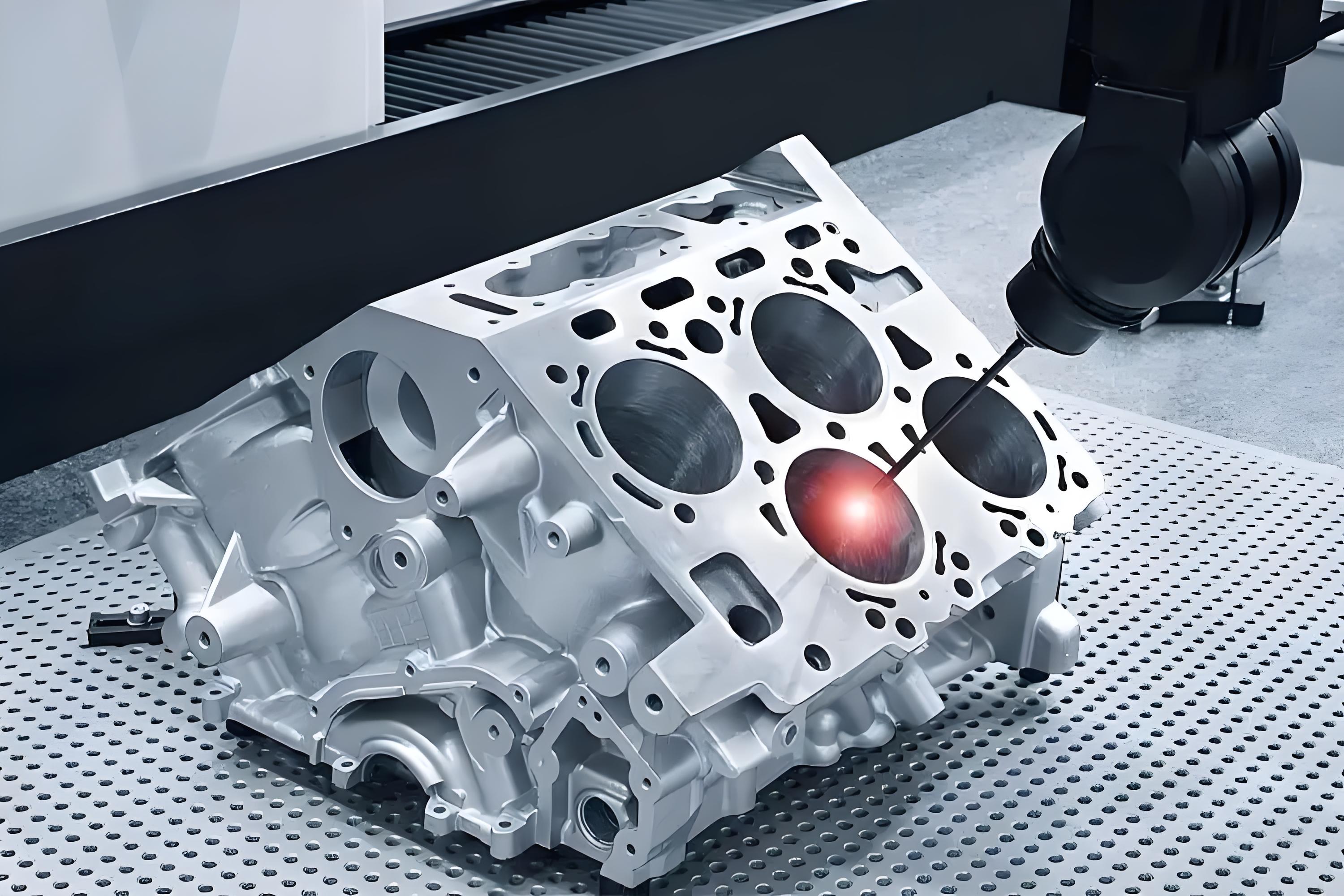In the relentless pursuit of manufacturing excellence, 5-axis CNC machining has emerged as a transformative force, breaking through traditional production barriers and opening new frontiers in design and engineering. This advanced technology represents a paradigm shift from conventional manufacturing approaches, offering unparalleled capabilities that are redefining industry standards.

The Technological Leap
5-axis CNC machining's core innovation lies in its simultaneous multi-axis movement, which enables tooling to approach workpieces from infinite angles. This fundamental advantage translates into several critical benefits:
Revolutionary Design Capabilities
The technology liberates designers from manufacturing constraints, enabling the creation of parts with:
Complex organic geometries and free-form surfaces
Sophisticated internal channels and lattice structures
Compound angles and contours previously impossible to machine
Seamlessly integrated functional features
Unprecedented Precision Engineering
Through continuous toolpath optimization and maintained optimal cutting angles, 5-axis machining achieves:
Surface finishes that often eliminate secondary operations
Geometric accuracies within micron-level tolerances
Perfect feature relationships without cumulative errors
Consistent repeatability across production runs
Advanced Industries Transformed
The impact of 5-axis technology is particularly significant in high-tech sectors:
Space Technology: Manufacturing lightweight satellite components, rocket propulsion elements, and space telescope structures
Advanced Medical: Producing patient-specific surgical guides, complex orthopedic implants, and micro-surgical instruments
High-Performance Automotive: Creating optimized cooling systems, advanced suspension components, and lightweight structural elements
Precision Optics: Machining complex lens molds, optical mounts, and laser system components
The Digital Manufacturing Ecosystem
Modern 5-axis machining centers serve as the physical manifestation of digital manufacturing, featuring:
Intelligent Automation Integration
Robotic workpiece handling and pallet systems
Automated tool management and presetting
In-process measurement and compensation
Cloud-connected monitoring and analytics
Advanced Software Harmony
Sophisticated CAM programming with collision avoidance
Real-time simulation and optimization
Digital twin synchronization
Adaptive machining strategies
Sustainable Manufacturing Leadership
5-axis technology drives environmental responsibility through:
Significant reduction in material waste through optimized nesting
Energy-efficient machining cycles and strategies
Extended tool life through optimal cutting conditions
Elimination of secondary processing and associated resource consumption
The Future Vision
The evolution continues with emerging trends including:
AI-powered machining optimization and anomaly detection
Integrated additive and subtractive hybrid manufacturing
Quantum-metrology enhanced quality assurance
Distributed manufacturing networks with centralized programming
5-axis CNC machining stands not merely as a manufacturing method, but as a comprehensive solution that bridges digital innovation with physical precision. As industries continue to push boundaries in performance and efficiency, this technology remains essential for turning visionary designs into reality, proving that in modern manufacturing, complexity is no longer a constraint but an opportunity for innovation.